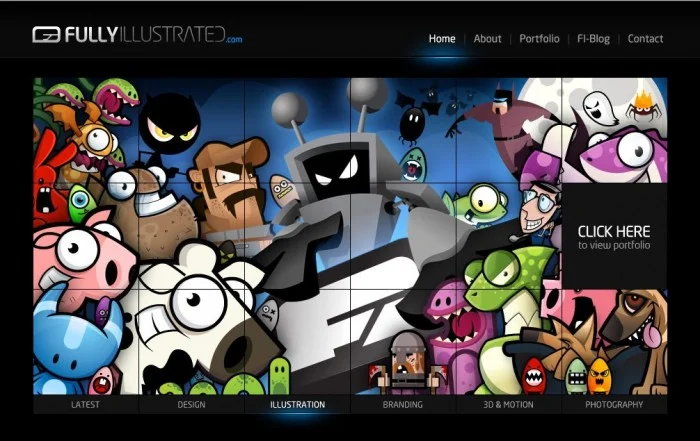
Building Your Website from the Ground Up
If you already have a website, but it is outdated, somewhat dysfunctional, and a little old school, it can sometimes be easier to start from scratch than try to rework it into a newer version. If you don’t yet have a website, there are several ways in which you can start and several approaches you can take. The art of web design has grown rapidly over the last couple of years, and what is possible now is much more than what was possible even just last year. The rate of digital evolution is incredibly fast, and you want to be making the most out of these developments as they can add great value to your website and your online presence. Here are some thoughts to help guide you in establishing your website from scratch.
1 Design board your website
It can be a difficult place to start because so much of what your website tells the world is in the details of the website design. If you have not got a clue on where to start, organise and think tank or brainstorming group. Ask each of your contributors or staff members to browse the internet and pick out three websites that they really liked. They can present this back to the team with an explanation of why they chose them. Following which you can take a vote on the group’s top three. You will most likely find that you will want a combination of websites because there will be different elements of each that you like and that have the functionality you require.
2 Going DIY
There are great DIY websites templates that already exist which you can use to pick and choose your design and website layout. Going the DIY route is not as intimidating as it may sound because doing it yourself actually gives you the flexibility to chop and change and adjust and tweak without the worry of incurring costs for each change. The huge bank of templates to choose from also gives you options that help you to see what is possible and what is out there. It can be used to spark your creative thinking using the genius of other people’s creative thinking of those who have gone before you.
3 Know what you need it for
At the very get-go, you need to know what you want to use your website for. This determines the level of complexity or simplicity that you will need and will shape the design of your site. If it is going to be used for online purchases, or online bookings, as examples, then you will need to integrate this functionality into your website. If it is purely to showcase your portfolio, then have it such that it is easy to navigate your business portfolio, and browsers will be enticed into clicking on and looking through your portfolio. You may want to use the website to capture information and lure your audience into committing to being contacted more regularly.















